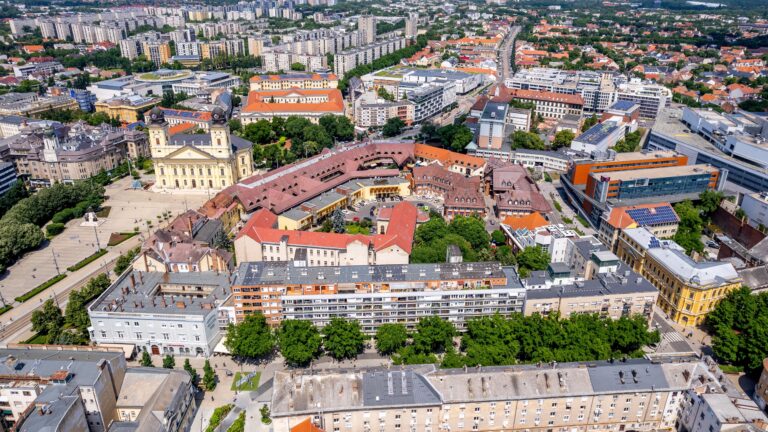Too often, Central Europe’s view of the transition from centrally planned socialist dictatorships to free market economies is gloomy. The disappointment with the regime changes of 1989 springs from the unmet desire of “catching up” with the West. However, the achievements of the last 30 years must not be forgotten nor underestimated – Central Europe, and Hungary in it, have gone through spectacular development which can be observed across all measurements of economic growth. Could these countries have achieved more had they adopted different reforms? Maybe. Whatever the case is, the economic achievements of the past decades are astonishing.
In their famous paper, Andrei Shleifer and Daniel Treisman argued that the countries in the transition region have become ‘normal countries’[1]. Although not perfect, the post-communist countries in the Central East have grown to resemble their neighbouring countries – shaking off the legacy of state socialism. In the first part of their paper, they recall from where the region started off 30 years ago – in the 1980s in Poland the average waiting list for getting an apartment was around 30 years, while the standard of living under Nicolae Ceausescu’s rule in Romania was even more depressing. As the authors pointed out, ‘he limited the lighting to one 40-watt bulb per room, heating in public buildings to 57 degrees Fahrenheit[2]’ (13.89 degrees Celsius) just to pay off the country’s foreign debt.
While the baseline of economic development under centrally planned economies was miserable, once the transition started, growth came fast for the region. To give an example, between 1990 and 2011 in Bosnia national income increased by more than 450%, the world’s third highest growth rate over this period. Albania and Poland were among the world’s top 20 performers, too – which means that over this period their growth outpaced that of Singapore’s[3].
Since the transition began, Hungary’s GDP per capital has grown from around 8 300 to 33 950 in current international dollars, as shown below. Poland and Romania have seen similarly high growth rates, which eventually placed them into the group of middle-income countries.

Due to the 2008 financial crisis, annual GDP growth rates show a somewhat more volatile picture. However, the trend is the same as on the previous graph – unquestionable improvements in these statistics, too. Negative growth rates were soon left behind both after the transition and after the financial crisis hit these economies.

As shown below on the GINI Index and unemployment rates graphs, not only did the region attain high levels of growth, but its growth has been equal. GINI indexes have remained low, making these countries rank among the most equal Western democracies. Unemployment rates have also stayed low since 2008 – another proof of the region’s equal and inclusive growth.


As evidenced by all these measurements, Central Europe’s net economic development over the last 3 decades has been remarkable. Putting these statistics into a historical context and comparing Hungary’s and Poland’s economic growth with that of Austria further stresses this point. On the graph below, Austria’s GDP per capita is taken as the base, and Hungary’s and Poland’s GDPs per capita are measured against it. While in the early 1900s the two Central-Eastern European countries were quickly catching up with Austria, the communist one-party system rule resulted in a shameful backlog. After the transitory shock was over, however, the convergence re-started. Slowly but surely, Hungary and Poland have been gaining on the West ever since.

[1] Shleifer, Andrei. and Treisman, Daniel. (2014), Normal Countries – The East 25 Years After Communism. Foreign Affairs 93, pp. 92-104.
[2] Shleifer, Andrei. and Treisman, Daniel. (2014), Normal Countries – The East 25 Years After Communism. Foreign Affairs 93, p. 94
[3] Shleifer, Andrei. and Treisman, Daniel. (2014), Normal Countries – The East 25 Years After Communism. Foreign Affairs 93, p. 96








